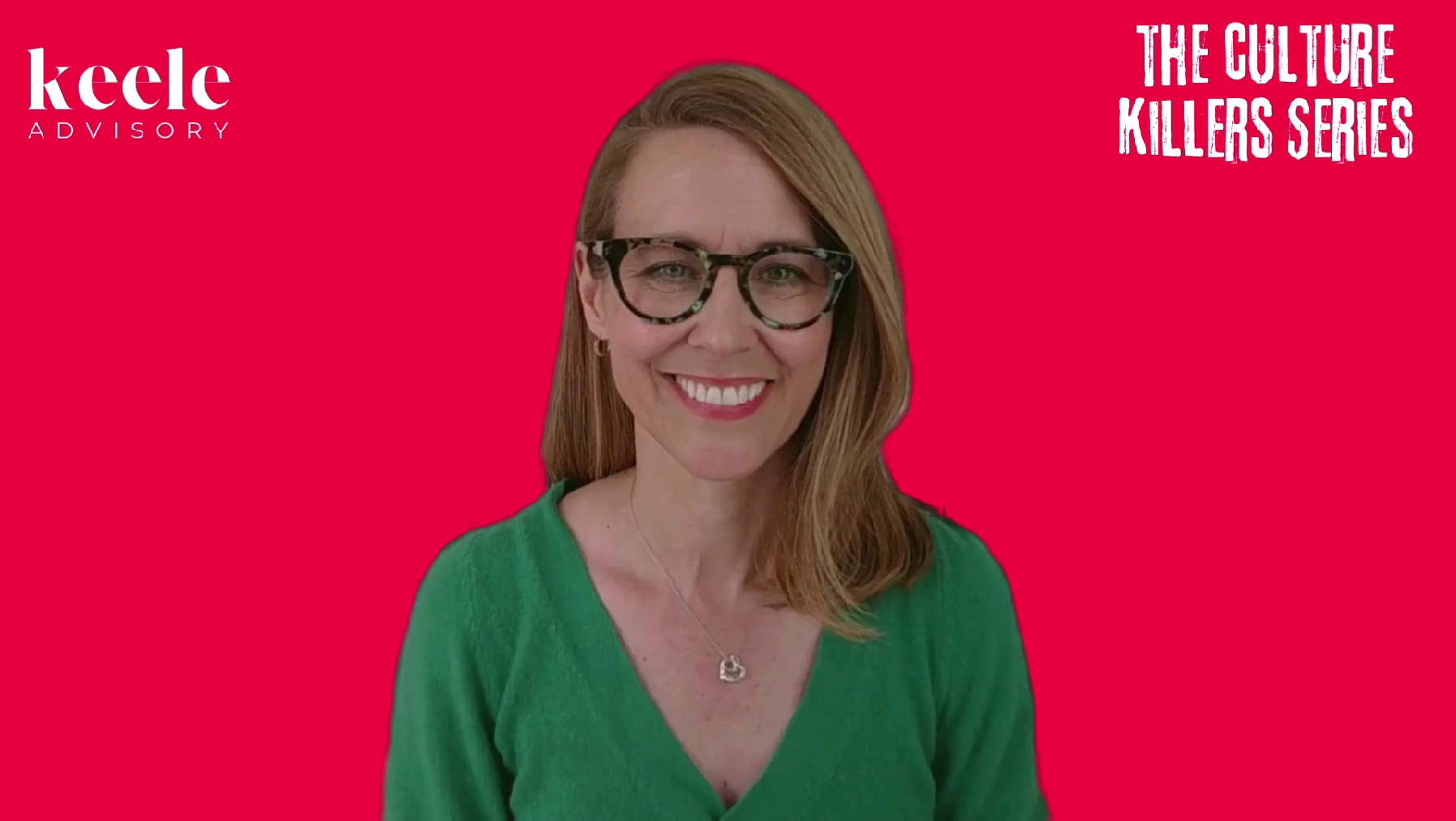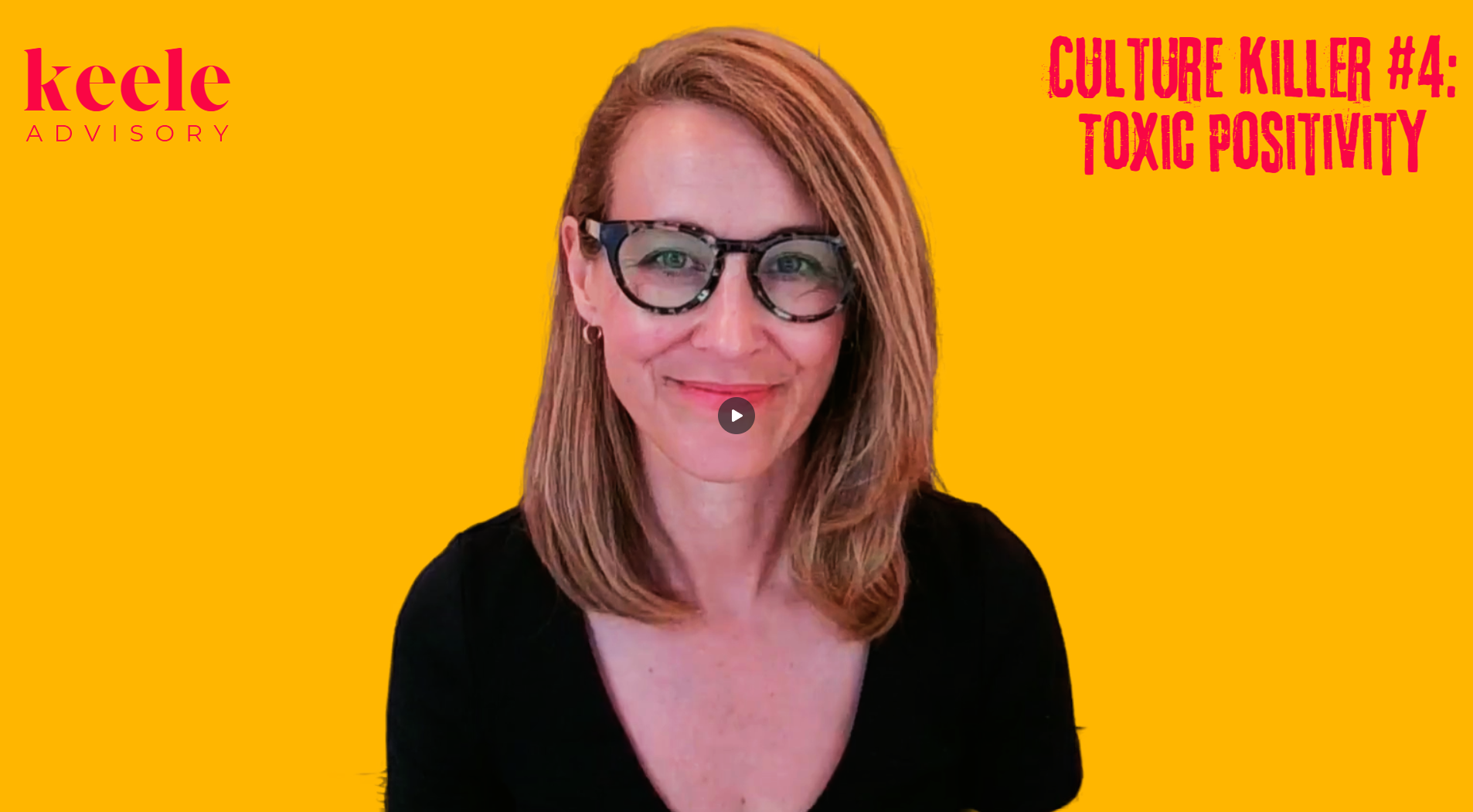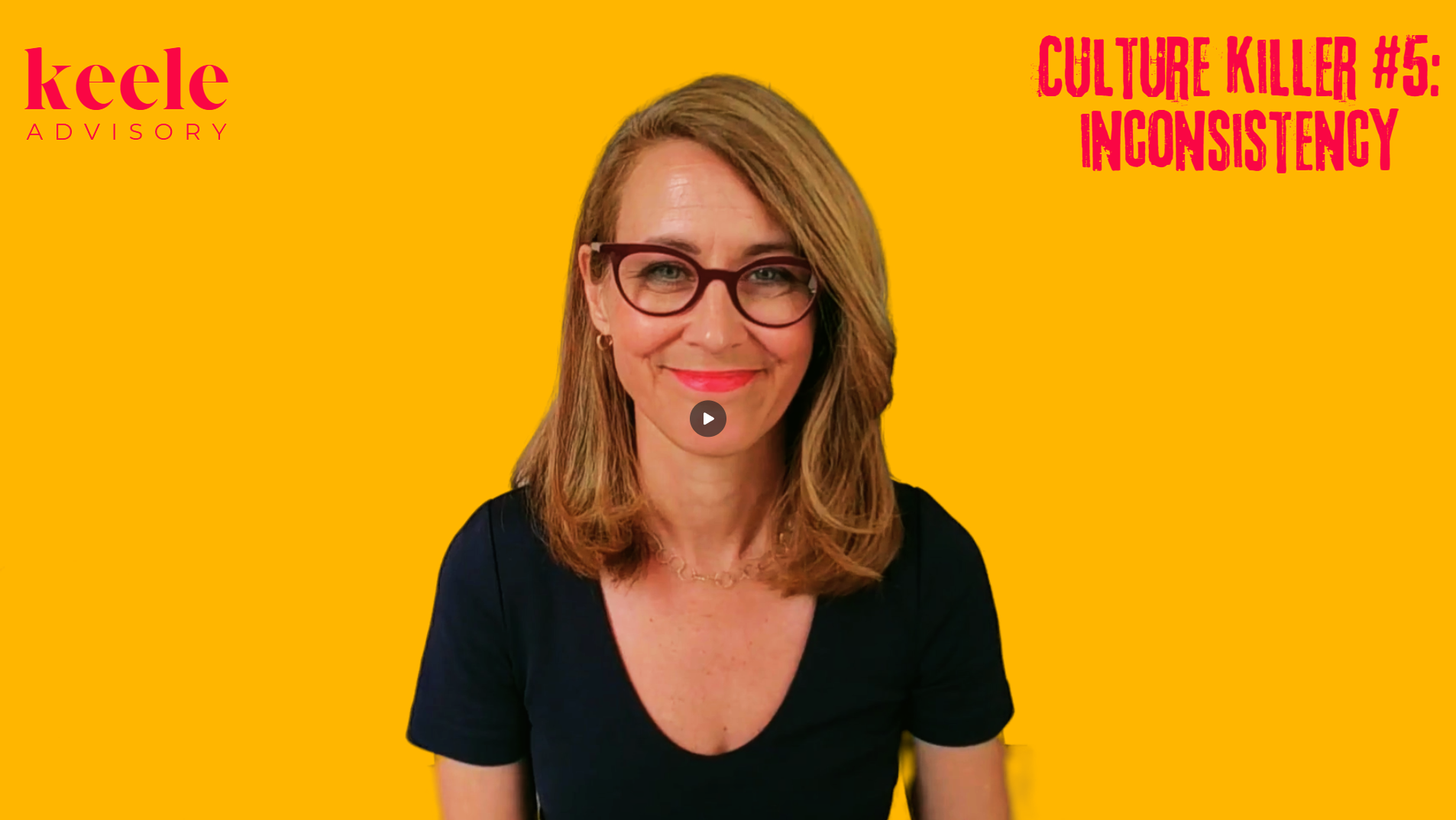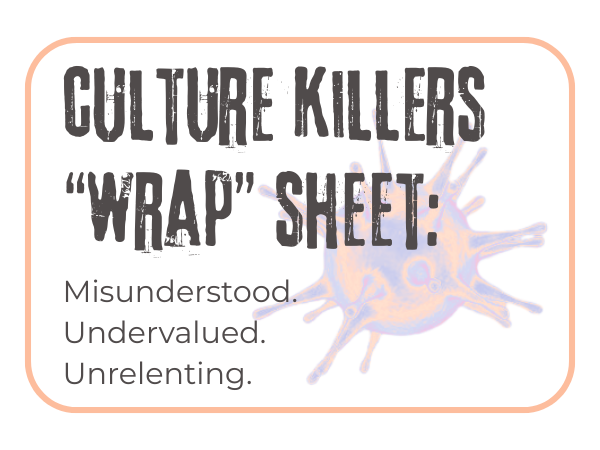
Insights
Organizational Drag
Slowing You Down and Sapping Your Productivity
Culture is the quiet force we take for granted. Oxygen for the organization.
Undervalued and underutilized. But vital to survival and performance.
Can you perform at your peak if you are sick? No.
Cultivating culture is common sense, but not common practice.
Let’s change that. Tap into culture to help you perform, compete and win.
Culture Killers
Quietly Sabotaging Your Strategy
Organizations rarely fall in a blaze—they erode in silence.
Subtle behaviors. Unspoken norms. Everyday habits that slowly drain trust, stall execution, and push top talent out the door.
This series names the common culprits—eight culture killers that quietly sabotage performance from within.
You’ve seen them. You might be tolerating them.
Imagine playing a game without knowing the rules. That’s what workplace ambiguity feels like—and the cost is steep.
When expectations are fuzzy and direction is unclear, people spin. Focus fades. Risk rises. Performance stalls.
Ambiguity doesn’t just frustrate—it triggers a threat response in the brain.
Want to clear the fog and unlock clarity, trust, and momentum?
It doesn’t always announce itself—but you’ll feel it. The stalled decisions. The endless forms. The talent that quietly walks out the door.
Bureaucracy is the quiet killer of engagement and productivity. It hides behind policies and processes that feel safe but slowly suffocate progress.
So why does it stick around? And more importantly—how do you root it out?
When teams protect turf instead of progress, culture suffers—and so does performance.
Microsoft’s now-famous cartoon org chart said it all: departments pointing weapons at each other. Tribalism cost them innovation and presented an existential threat.
Why should you care? It’s not just a tech company problem—it’s everywhere.
What causes it? What does it look like? And how do strong leaders shut it down?
At first glance, positivity feels like a strength. But when it’s used to sidestep tension, silence dissent, or avoid tough conversations, it becomes something else entirely. What looks like optimism can actually be avoidance—masking real issues that need to be addressed. Over time, this well-intentioned denial doesn’t lift people up—it wears them down.
Toxic positivity shows up subtly: in the pressure to stay upbeat, the dismissal of valid concerns, or the silencing of discomfort in the name of morale. It’s common, it's costly, and it often flies under the radar.
When words say one thing but actions show another, trust doesn’t just slip—it breaks.
Inconsistency is rarely loud, but it’s always noticed. A leader who preaches transparency but shuts down dissent. A company that celebrates bold ideas, then punishes failure. A promise of “people first,” followed by budget cuts to development.
Inconsistency erodes credibility, stalls momentum, and quietly kills performance.
So why is it so common and what can be done about it?
It rarely starts with something dramatic. A sharp tone. An eye roll. A leader who interrupts or dismisses a team member mid-sentence. Over time, these small moments compound—and send a dangerous message: this is tolerated here.
Incivility may be subtle, but the cost is staggering. According to SHRM’s 2024 Civility Index, U.S. companies lose an estimated $2.7 billion per day from productivity losses and absenteeism caused by disrespectful behavior.
This piece breaks down what incivility really looks like in today’s workplace, explores the myths that keep it alive, and lays out practical steps leaders can take to stop it at the source.
Complacency doesn’t crash through the door—it seeps in quietly. It hides behind tradition, stability, and success. Over time, it lowers the bar, silences ambition, and leaves organizations vulnerable to risks no one saw coming. This final entry in the Culture Killers series breaks down how complacency takes root, what it looks like, and what leaders can do to stop the slow drift before it becomes a full-blown crisis.
The Eighth Culture Killer
We've explored seven Culture Killers that erode performance and amplify risk. Now there's an eighth—one so critical that in 2019, the Business Roundtable warned it was threatening wellbeing of the nation.
We’ve explored seven Culture Killers that erode performance and amplify risk. Short-termism is #8.
When the pressure to deliver quick wins outweighs doing what’s right, decision quality declines, trust erodes, and risk multiplies. It often looks like winning, until the gambling catches up. Sometimes with catastrophic consequences.
Culture Killer Wrap Sheet: Misunderstood. Undervalued. Unrelenting.
This closing piece distills the seven hidden threats quietly eroding organizational performance—ambiguity, bureaucracy, tribalism, toxic positivity, inconsistency, incivility, and complacency. These culture killers don’t announce themselves—they creep in and thrive when culture is left unmanaged. Learn how to spot them, stop them, and lead the change your organization needs.
If you want to perform, compete, and win, don’t ignore culture—how work gets done. Overlooking it leaves value on the table and puts everything at risk. Keele Advisory helps leaders build and sustain healthy organizations that achieve more, move faster, and go farther—even in the face of disruption.
Short‑Term Cuts vs. Lasting Savings
Quick cost cuts can feel like progress—but research shows the gains often vanish within days, while hidden costs quietly erode performance.
Durable savings come from changing how work gets done: removing bureaucratic drag, streamlining decisions, and focusing on outcomes over process.
Measure twice, cut once—and you’ll keep costs down while fueling performance and growth.
Other Resources
Taking Action to Win

The $3M Lesson: Why Culture is the Key to Durable Performance
If you want to perform, compete, and win, don’t ignore culture—how work gets done. Overlooking it leaves value on the table and puts everything at risk. Keele Advisory helps leaders build and sustain healthy organizations that achieve more, move faster, and go farther—even in the face of disruption.












